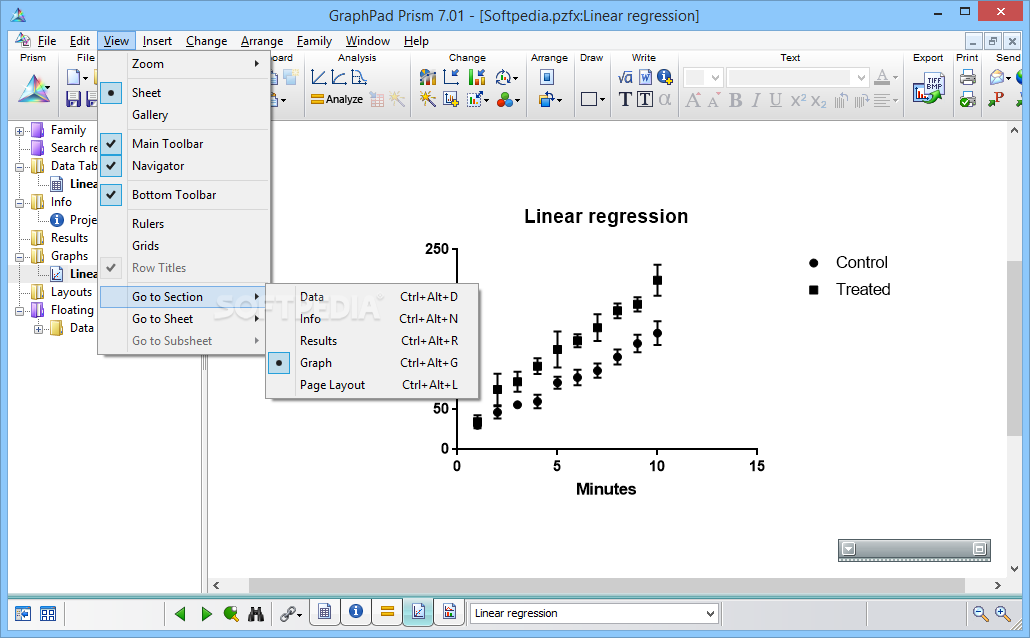
Most clinicians and researchers today use computer software to generate graphs for visual-inspection purposes ( Haddock & Iwata, in press). Visual representation and inspection of data is a key feature of behavior analytic research and practice, and is the primary means of examining relations between environmental variables and behavior ( Bourret & Pietras, 2012). We discuss these findings relative to challenges of developing efficient and effective staff-training tutorials.

Social-validity measures found the posttraining graphs to be significantly better than publication quality.

All four technicians showed mastery-level graphing accuracy with accompanying increases in efficiency following training, which maintained at follow-up without direct feedback from an expert behavior analyst. We evaluated the effects of a video-modeling tutorial on graphing performance in Prism using a multiple-baseline design. Our review identified nine commonly recommended features, and Prism facilitated the creation of graphs with those features.

In this investigation, we (a) define the desirable features of publication-quality, single-case design graphs based on recommendations in the scholarly literature, (b) suggest GraphPad Prism as a suitable graphing program for creating graphs with those features, and (c) develop and validate a video-modeling tutorial designed to train behavior technicians to create such graphs.


 0 kommentar(er)
0 kommentar(er)
